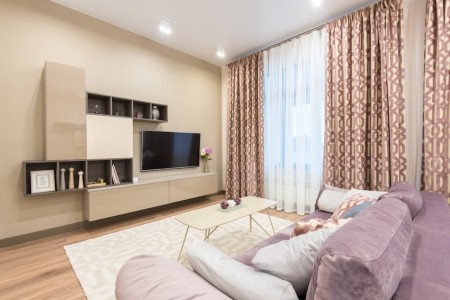**Abstract:**
Transform your living room with feng shui decor to create harmonious spaces that enhance your well-being. Discover practical tips for a balanced environment that promotes tranquility and positivity.
Understanding Feng Shui: The Art of Balance
Feng shui is an ancient Chinese practice that emphasizes the arrangement of your living space to promote positive energy flow, or “chi.” By understanding the principles of feng shui, you can create a living room that fosters harmony, tranquility, and positivity. The arrangement of furniture, colors, and decor items all play a crucial role in achieving this balance. For example, placing furniture in a way that encourages conversation and openness can significantly enhance the energy flow in your space.
Key Elements of Feng Shui Decor
When transforming your living room with feng shui decor, consider the five elements: wood, fire, earth, metal, and water. Each element contributes to a balanced environment and can be incorporated through colors, materials, and shapes. For instance, introducing wooden furniture can represent growth and vitality, while the color blue can evoke calmness and clarity, representing water. A harmonious blend of these elements can create a soothing atmosphere that resonates with your emotional needs.
Color Psychology: Choosing the Right Palette
Color plays a vital role in feng shui and can significantly impact your mood and energy levels. Warm colors like reds and oranges can energize a space, while cool colors such as blues and greens promote relaxation. To transform your living room, consider painting the walls in soft, neutral tones, accented with vibrant decor pieces that add personality. This strategic use of color can create a visually appealing and emotionally supportive environment, meeting the psychological needs of those who inhabit the space.
Furniture Arrangement: Creating Flow and Comfort
The layout of your living room is critical to achieving a feng shui-friendly space. Arrange furniture to encourage conversation and connection, avoiding sharp angles and clutter that can obstruct energy flow. Sofas should be positioned to face each other, fostering interaction, while coffee tables should be placed at a comfortable distance to maintain an inviting atmosphere. Additionally, ensuring that pathways are clear promotes a sense of freedom and ease within the space, aligning with the core principles of feng shui.
Incorporating Natural Elements: Bringing the Outdoors In
Integrating natural elements into your living room decor can enhance the feng shui of the space. Plants, for example, not only purify the air but also symbolize growth and vitality. Choose low-maintenance varieties like snake plants or pothos that thrive indoors. Additionally, incorporating natural materials such as wood, stone, and textiles can create a warm and inviting atmosphere. These elements not only beautify your living space but also resonate with the psychological need for connection to nature, a key aspect of modern living.
Personal Touches: Reflecting Your Personality
While feng shui provides guidelines for creating harmonious spaces, it’s essential to incorporate personal touches that reflect your individuality. Select artwork, photographs, and decor items that resonate with you emotionally. These personal elements can create a sense of belonging and comfort in your living room. Remember, the goal is to create a space that feels authentic and nurturing, promoting a positive energy flow that enhances your overall well-being.
Conclusion: Your Path to a Harmonious Living Room
Transforming your living room with feng shui decor is a rewarding journey that can significantly impact your emotional and psychological well-being. By understanding the principles of feng shui, incorporating key elements, and adding personal touches, you can create a harmonious space that nurtures positivity and tranquility. Embrace the art of feng shui to enhance your living environment, and enjoy the benefits of a balanced, peaceful home that reflects your unique personality.










